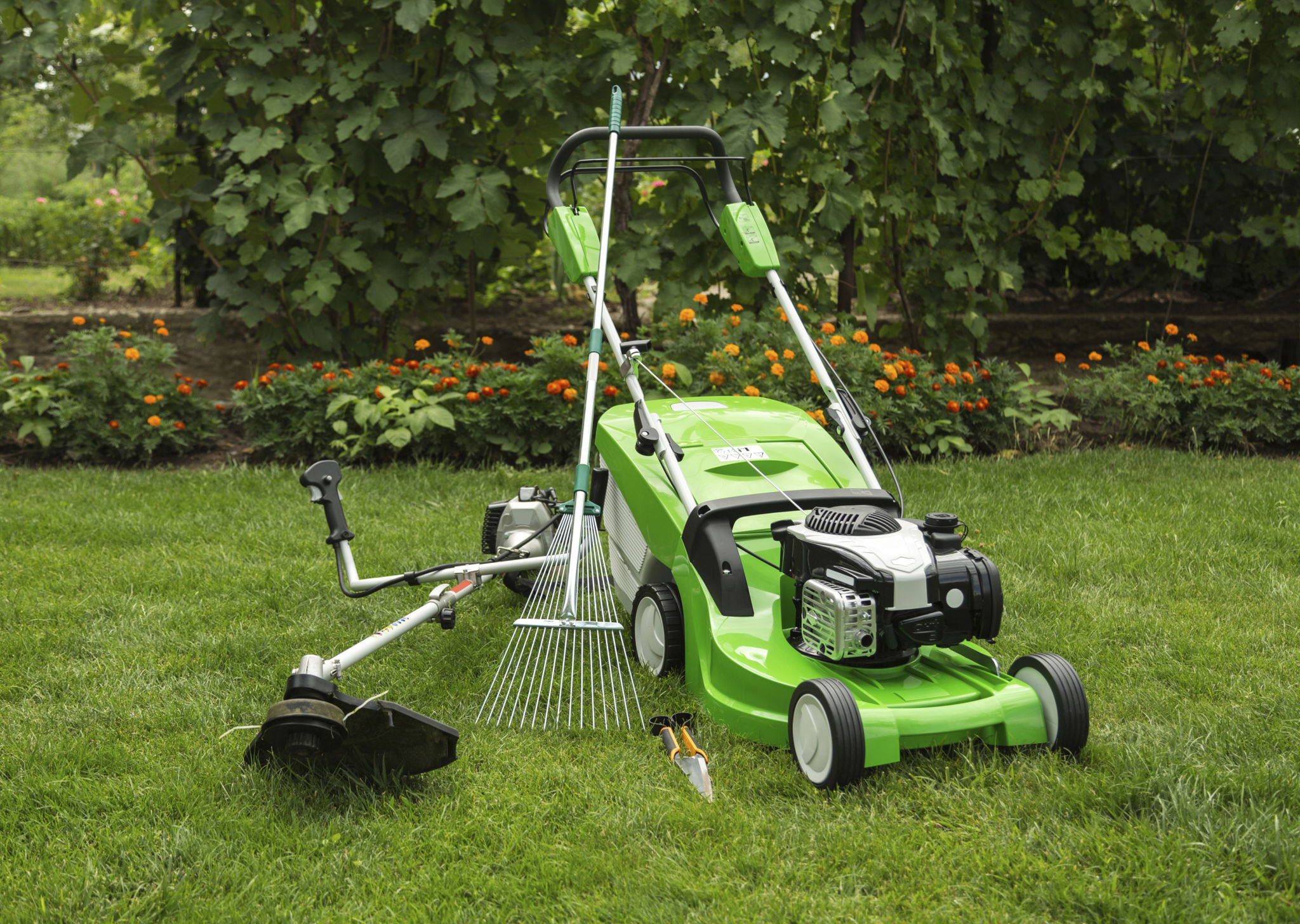Common Misconceptions About Lawn Care: Insights from Terrain Targeting Experts
Understanding Lawn Care Misconceptions
Lawn care is an essential aspect of home maintenance but is often riddled with misconceptions. Many homeowners struggle with decisions due to myths that have been perpetuated over time. Our experts in terrain targeting aim to dispel these common misunderstandings and provide clarity for your lawn care needs.

Myth: All Grass Types Are the Same
A widespread misconception is that all grass types require the same care and maintenance. In reality, grass species vary significantly in their growth habits, tolerance to climate, and nutrient needs. Understanding the specific type of grass on your lawn is crucial for providing the right care, ensuring lush and healthy growth.
For instance, warm-season grasses like Bermuda and Zoysia thrive in warmer climates and have different care requirements compared to cool-season grasses such as Kentucky Bluegrass and Ryegrass. Tailoring your lawn care routine to your specific grass type can result in better health and appearance.

Myth: More Water Equals Healthier Lawn
Another common myth is that the more you water your lawn, the healthier it will be. Overwatering can lead to issues such as root rot, fungal diseases, and a shallow root system. It's crucial to provide just enough water to meet your lawn's needs without causing harm.
A general recommendation is to water deeply but infrequently, allowing the soil to dry out slightly between watering sessions. This encourages deep root growth and enhances the lawn's ability to withstand drought conditions.
Myth: Fertilizer Is a One-Size-Fits-All Solution
Many believe that a single type of fertilizer can meet all the nutritional needs of their lawn. However, lawns require different nutrients at various stages of growth, depending on the soil condition and grass type. A soil test can be invaluable in determining which nutrients your lawn lacks and needs for optimum growth.

Choosing the right fertilizer and applying it correctly can prevent nutrient imbalances and ensure that your lawn receives the proper nourishment it requires throughout the growing season.
Myth: Cutting Grass Shorter Means Less Mowing
Some homeowners assume that cutting their grass shorter will reduce the frequency of mowing. However, mowing too short can stress the grass, making it more susceptible to pests, diseases, and drought conditions. The practice known as "scalping" weakens grass blades and impedes photosynthesis.
Instead, it is advisable to follow the one-third rule: never cut more than one-third of the grass blade height at a time. This helps maintain a robust lawn with strong root systems, leading to healthier growth.
Conclusion
Understanding the realities behind common lawn care myths can significantly improve your approach to maintaining a healthy lawn. By recognizing these misconceptions and implementing expert-recommended practices, you can achieve a lush, green yard that enhances your home's curb appeal.
